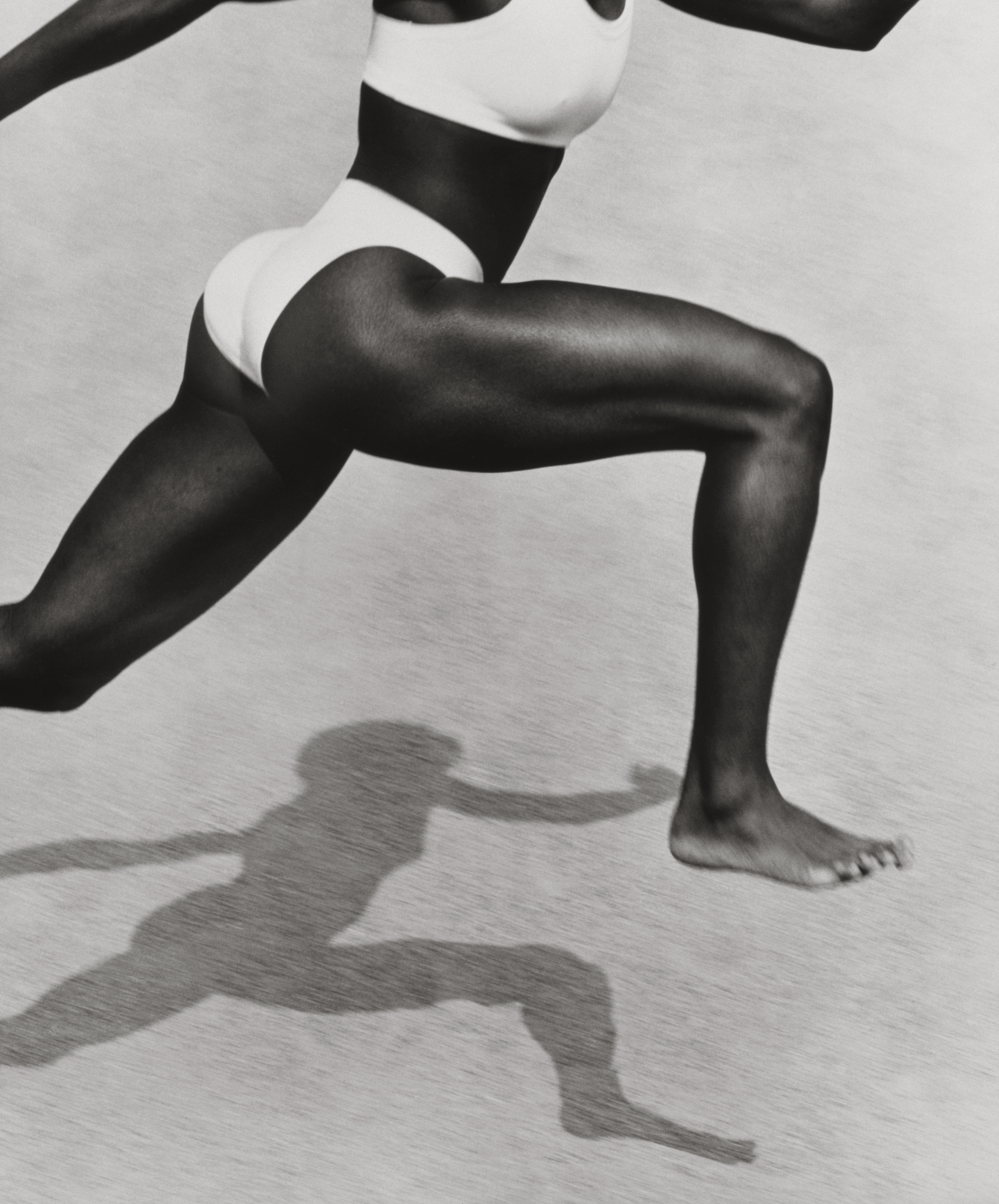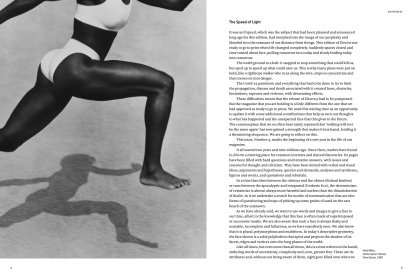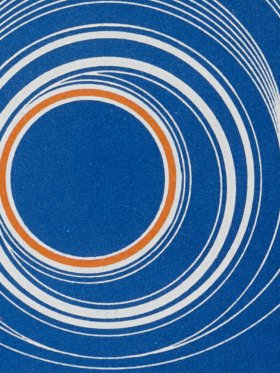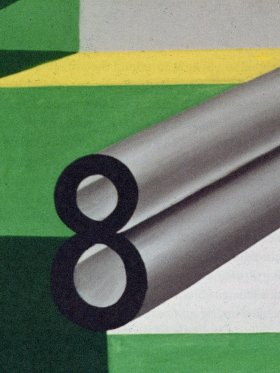The world ground to a halt: it stopped to stop something that could kill us, but sped up to speed up what could save us. This is why many plans were put on hold, like a tightrope walker who runs along the wire, stops to concentrate and then moves on into danger.
The Covid-19 pandemic and everything that had to be done to try to limit the propagation, disease and death associated with it created bans, obstacles, limitations, ruptures and violence, with devastating effects.
These difficulties meant that the release of Electra 9 had to be postponed. But the magazine that you are holding is a little different from the one that we had approved as ready to go to press. We used this waiting time as an opportunity to update it with some additional contributions that help us turn our thoughts to what has happened and the unexpected face that this gives to the future. The commonplace that we so often hear vainly repeated that ‘nothing will ever be the same again’ has now gained a strength that makes it less banal, lending it a threatening eloquence. We are going to reflect on this.
This issue, Number 9, marks the beginning of a new year in the life of our magazine.
It all started two years and nine editions ago. Since then, readers have found in Electra a meeting place for common interests and shared discoveries. Its pages have been filled with hard questions and tentative answers, with issues and reasons for thought and criticism. They have been dotted with verbal and visual ideas, arguments and hypotheses, queries and demands, analyses and syntheses, figures and events, and quotations and rebuttals.
In a time that dives between the obvious and the obtuse (Roland Barthes) or runs between the apocalyptic and integrated (Umberto Eco), the determinism of certainties is almost always more harmful and useless than the dissatisfaction of doubt. In it we undertake a search for modes of communication that are also forms of questioning and ways of picking up some grains of sand on the vast beach of the unknown.
As we have already said, we want to use words and images to give a face to our time, albeit in the knowledge that this face is often made of superimposed or successive masks. We are also aware that such a face is always shaky and unstable, incomplete and fallacious, as we have manifestly seen. We also know that it is plural, polymorphous and multiform. In today’s descriptive geometry, the face shown is a solid polyhedron that spins and projects the shadow of its facets, edges and vertices onto the long planes of the world.
Like all times, but even more than all times, this is a time written in the harsh, enduring words of uncertainty, complexity and, now, greater fear. These are its attributes and, without our being aware of them, sight goes blind even when we can see and everything becomes simplistic and superficial, repetitive and reductive, dogmatic and conventional, banal and stupid.
‘What times are these?’ was our question in the founding Subject in Electra 1. After that, following the natural sequence of the numbers in the magazine’s lower right-hand corner, we looked at the stupidity of different times and particularly that of our times. We gave some thought to omnipresent tourism and the hyperbolic journey. We analysed information, journalism and social media as battlefields and sources of spoils. We stared at ‘eternal youth’ and its mythology and its ideal of beauty and pocket immortality. We thought about money, what it is and what it represents. We reflected on ourselves and other animals in a history that runs between silence and a voice, with its desire for identification and distance, violence and submission. We looked at memory and forgetting as peers and alibis – of each other. And now in this Number 9, speed pushes the changeable face of a time that is searching for itself.
By searching for the face of the times, this is a magazine that actually finds its own face. It is a magazine that looks at pictures and listens to voices, in the knowledge that some are the forms and depths of the others. It is a magazine that knows how to take the startled fiction of reality to meet the startling reality of fiction.
It has meaning and makes sense that the focus of the edition that mark the second year of publication of Electra and comes out at a time and in a world where running and halting, celerity and slowness have become even more contrasted, compared and visible, should be devoted to Speed. Speed is a great mark of modernity, the era of technology and the contemporary age.
From Baudelaire to Rimbaud and Fernando Pessoa / Álvaro de Campos, from the Cubists to the Futurists and Vorticists, from Heisenberg to von Braun and Virilio, from Karl Benz and Gottlieb Daimler to Bruno Munari, from Apollinaire to Milan Kundera and Gonçalo M. Tavares, from Marcel Duchamp to Hartmut Rosa and the accelerationists, speed has been seized on like an arrow shot into the future. When Albert Einstein wrote the most famous equation in human history – E=mc2 – he made the speed of light in a vacuum the most poetic of physical constants: 299,792,458 metres per second. The c that represents it comes from the Latin term celeritas, which means speed.
Speed is the variation of space in time and acceleration is the variation of speed in time. In our century, speed is getting faster and faster and so is its acceleration. This magnitude has taken over everything: work and days, leisure and pleasure, anguish and expectations. Speed has changed and determined everything: politics and communication, the economy and society, science and cybernetics, art and love, food and sleep, sickness and health, life and death. Fernando Pessoa said in the nervous voice of Álvaro de Campos, ‘The flywheel in me keeps moving faster.’
But back around 1930, using his own name and with that acute, paradoxical, provocative indiscreet intelligence that never stopped on the threshold of anything or anyone, Fernando Pessoa wrote an essay. It was Herostratus, about the search for immortality and ‘speed addicts’:






Share article